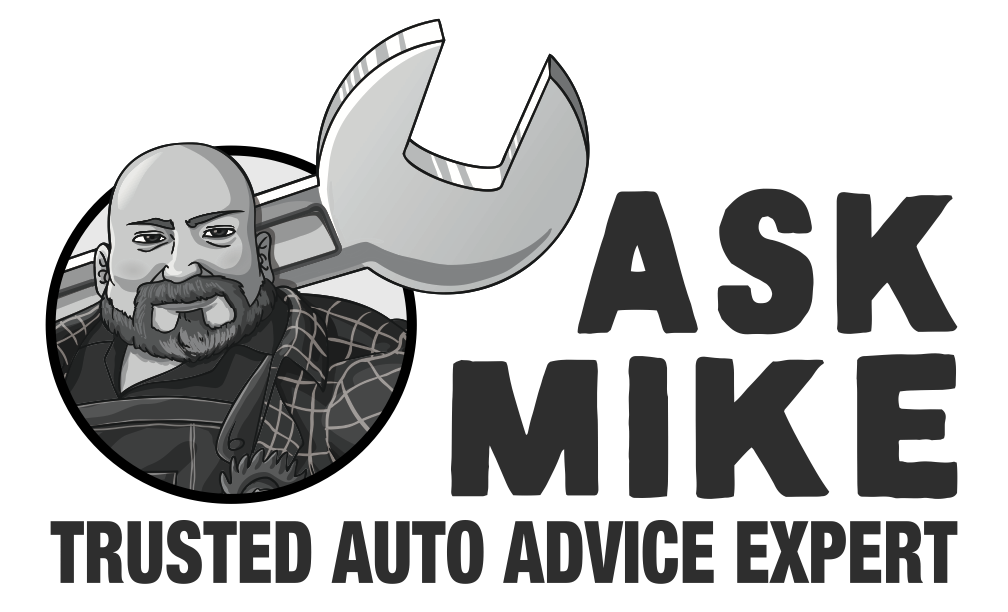Dear Mike,
I’m having some issues with my manual transmission – the clutch pedal seems to be sitting a little bit too low. I’m wondering what this might mean, and what I should do to fix it. Should I take it in for a diagnosis, or is this something that I can attempt to take care of myself? I’m not exactly a car expert, so any advice you could give me would be greatly appreciated.
Best wishes,
Lysandra
Dear Lysandra,
Thank you for reaching out to me with your manual transmission woes. The clutch pedal sitting too low could be a sign of a few different things, but don’t fret – most of them are fixable.
First things first, let’s do a little detective work. If the clutch pedal is sitting lower than usual and feels easier to depress, it could be a sign of a hydraulic leak in the clutch system. This means that the system is losing pressure and not fully disengaging the clutch, which can cause premature wear and tear on your transmission and clutch components.
If the clutch pedal is low and harder to depress than usual, you may have a worn or damaged clutch disk. This happens over time with normal wear and tear on your vehicle. On the other hand, if your clutch pedal is low and vibrating or making a strange noise, it may be a sign of a worn or damaged throw-out bearing.
Now, as far as fixing the problem – it depends on the underlying issue. I’ll give you the short answer first: it’s always best to take your car in for a diagnosis, especially if you’re not a car expert. That being said, here are a few things you can check before taking your car to the repair shop:
First, check the hydraulic fluid level in your clutch’s master cylinder. If it’s low, you may have a leak, and adding fluid should help temporarily. However, you’ll still need to have the system checked out to find and fix the leak.
If the hydraulic fluid level is good, try adjusting the clutch cable or hydraulic throw-out bearing. If your vehicle uses a cable, you can adjust it by turning the adjustment nut or bolt until the clutch engages properly. If it uses a hydraulic throw-out bearing, it may need to be bled or adjusted.
If none of these quick fixes work, it’s time to take your car in for a proper diagnosis. A qualified mechanic will be able to tell you exactly what’s causing the problem and how to fix it. It may be as simple as replacing a worn or damaged component, or it may require more extensive repairs.
Remember, the clutch is one of the hardest-working components in your vehicle, so it’s important to take care of it. Regular maintenance, proper use, and timely repairs will help keep your clutch running smoothly and extend its lifespan.
I hope this helps, Lysandra! Don’t hesitate to take your car to a professional if you need more guidance. And hey, if all else fails, just remember the wise words of the great philosopher Taylor Swift: “Shake it off!”
Best regards,
Mike Urban
Founder of Urban Automotive, the top Google rated auto repair shop in Oakville, Ontario Canada
